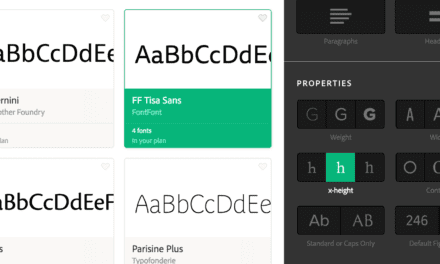ARTICLE SUMMARY: We know as designers that accessibility has real-world impact. It empowers more people to interact, connect, and thrive using our products and services. When we design with accessibility in mind, we’re not just checking a box, we’re actively improving lives.
In the United States, more than one in four adults lives with a disability. That’s not just a number, it’s millions of people navigating daily life with added barriers, whether in getting a job, accessing healthcare, or simply using everyday services. Behind every statistic is a person who deserves dignity, independence, and equal access.
“Accessibility. It’s a shared responsibility.” by Jas Deogan explores why accessibility can no longer be treated as an afterthought. He delves into why designers must care deeply about inclusive design, and why it’s up to all of us to take action. His discussion centers on:
- Why accessibility matters
- Common misconceptions about accessibility
- Accessibility benefits everyone
In design, no matter what role you play, be it content designer, UX designer or developer, each role brings a different perspective to accessibility. We need to give these people design language that is clear, concise, and understandable for all users.
Creating inclusive experiences means putting usability front and center. Designers should ensure navigation and user flows are intuitive, minimize cognitive load, and pay close attention to accessibility essentials like keyboard navigation and color contrast. These aren’t extras, they’re the foundation of a product that works for everyone.
Jas Dogan reminds us “We need to stop thinking that accessibility is just about compliance or serving users with disabilities. Accessibility benefits everyone.”
This article is well worth the read for all designers, let us know what you think in the comments.




